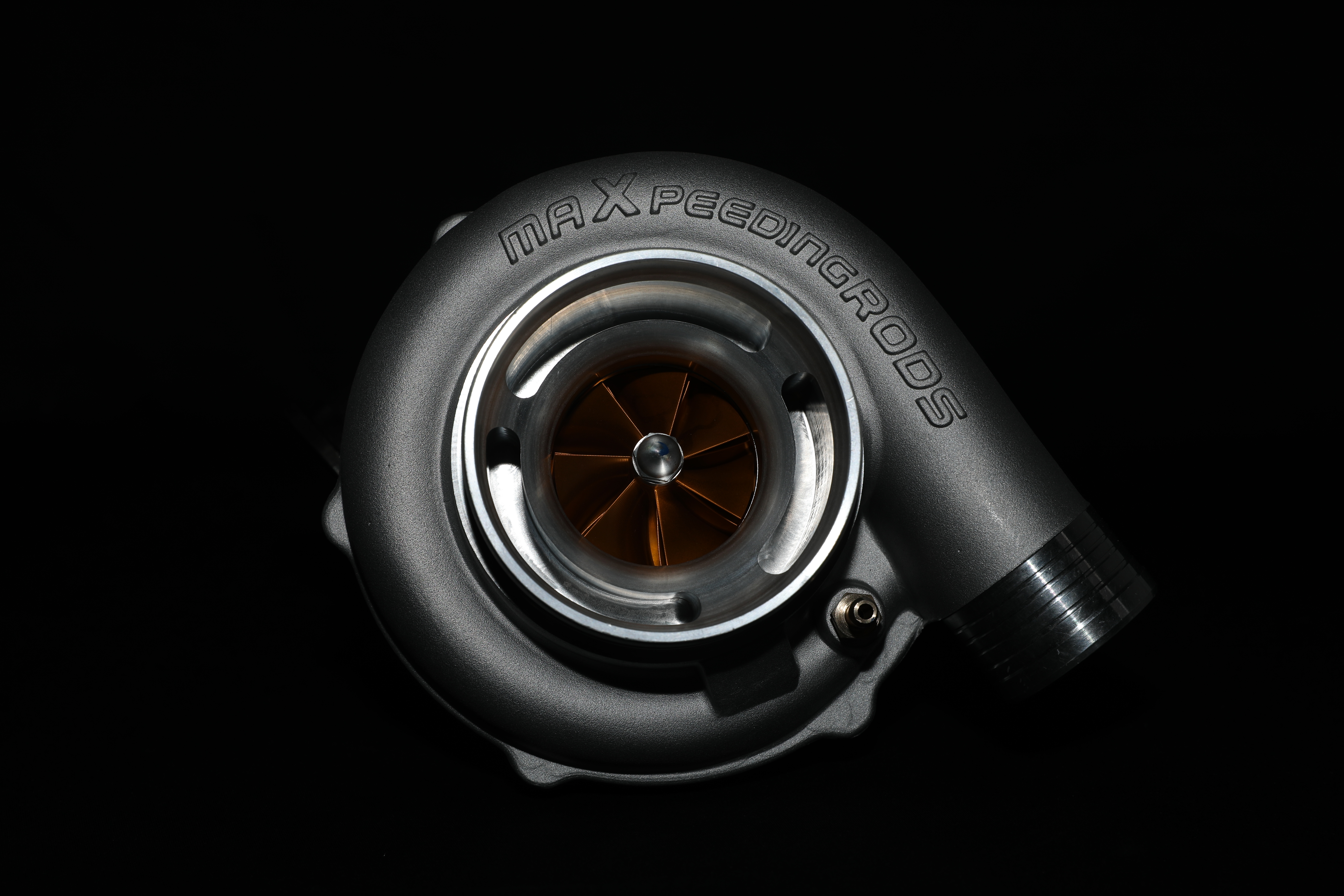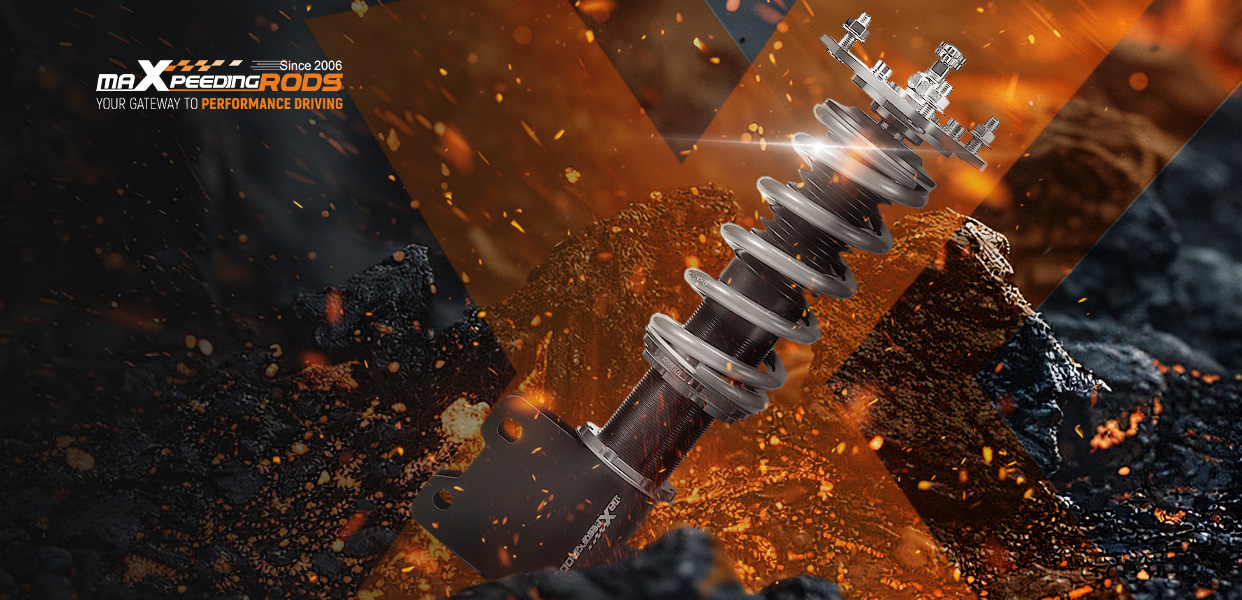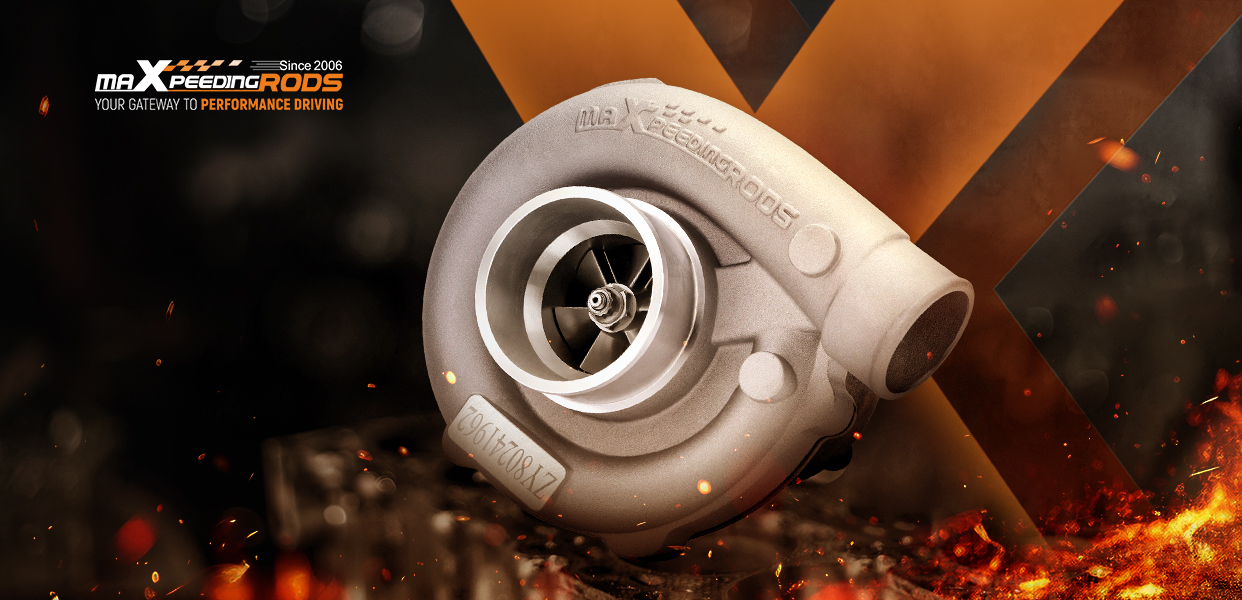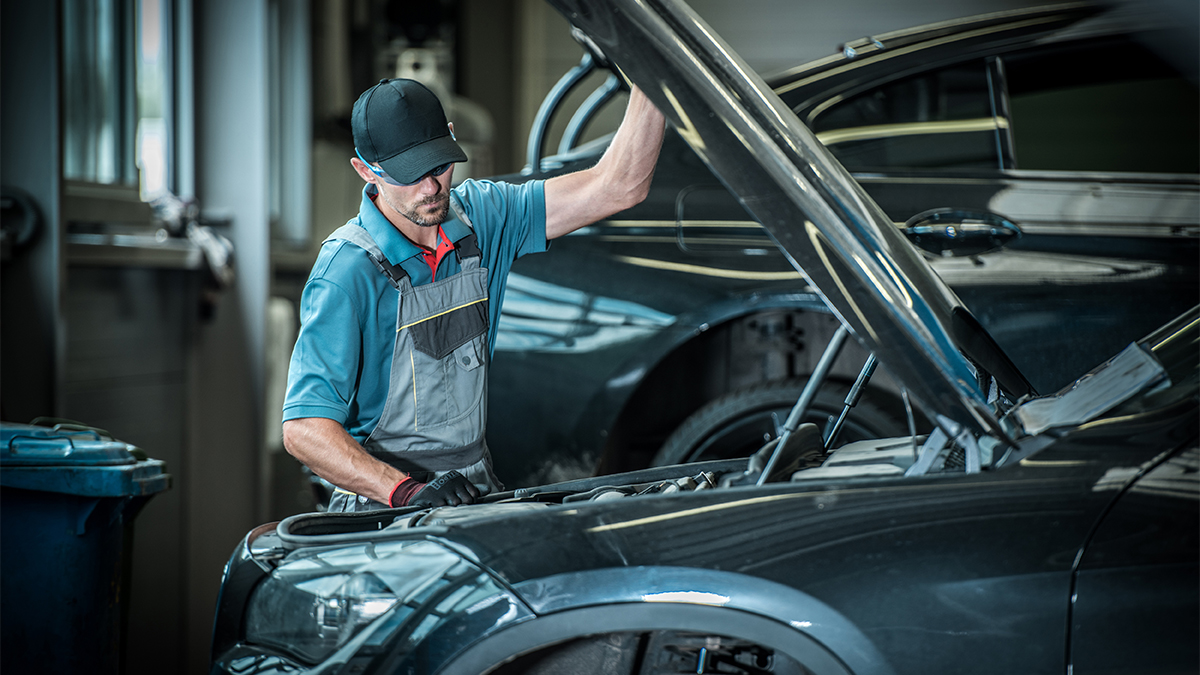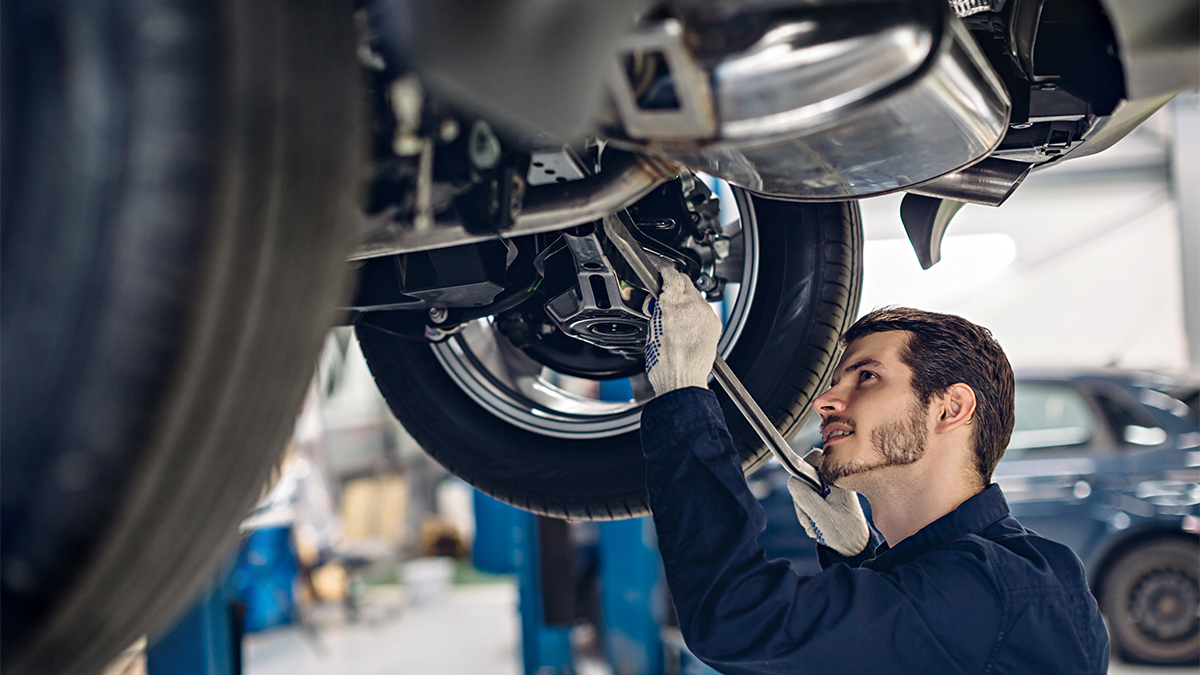The Turbocharger is a very efficient air pump to make horsepower. With hundreds of different turbochargers to choose from, how do you know what’s best for your engine setup? Here is a quick and easy way to limit your options.
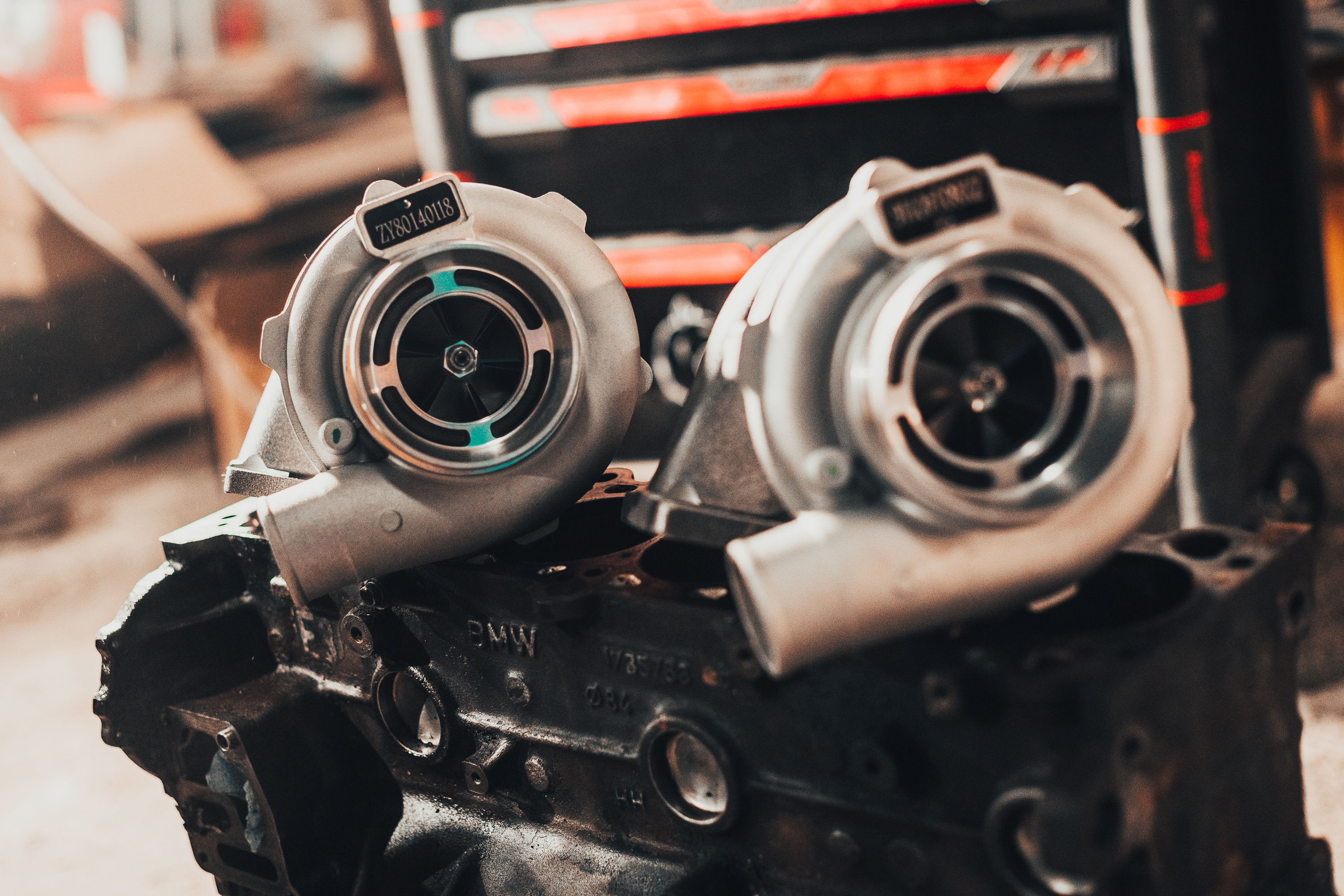
Choosing the right performance turbocharger should start with a horsepower target.
Each turbocharger is designed to support a specific horsepower range and engine displacement. The peak horsepower at which you want the car to reach maximum engine RPM is known as the target horsepower. If the turbo far exceeds your application, you will experience turbo lag that driving was plain slow and unresponsive. Inversely if the turbo is well below, you may not reach your horsepower target, and the risk of overspeeding the turbo may arise, resulting in turbo failure and possible engine damage.
Don’t just purchase a big turbo because it looks cool. The more horsepower you want, the more lag you will experience. Based on the tuning experiences of previous customers, MaXepeedingRods‘ skilled engineers did an in-depth study in this area: we propose that you calculate your goal cranking horsepower before tuning.
Due to parasitic Loss (also known as drivetrain loss), horsepower at the crank is different from horsepower at the wheels. For example, if our rear-wheel-drive application horsepower target is 600, we must multiply 600 * 1.15 =690. Then 690 is our target Crank Horsepower to turbo selection. Wasn’t that easy? So, what’s next?
After target horsepower is calculated, we need to figure out whether we require a single or twin-turbo setup.
It depends on your car’s intended use and how much space is under the hood. Do you want to get a more inexpensive kit, or are you addicted to drag racing? If that’s the case, a single turbo would be better for you. On the other hand, if you are looking for a powerful and efficient setup, twin turbos will work best for you. Using two turbos to act like one larger turbocharger can reduce piping for intake air to a single row of the cylinders, so it is helpful to deal with a V or opposing cylinder’s engine. Usually, the twin-turbo setup is used in V6, V8, or V12 engines, and the single turbo setup is sufficient for most 4-cylinder engines.
What are the differences in the calculation? For example, if you have a 4L engine and 690 target horsepower with twin turbos, split your target horsepower and engine displacement by 2 to get 2L and 345 matches.
Ranging from 150 to 700 horsepower, single to twin-turbo, whatever style you select, whatever cylinders you have, MaXpeedingRod would equip your car with the most appropriate setup.
